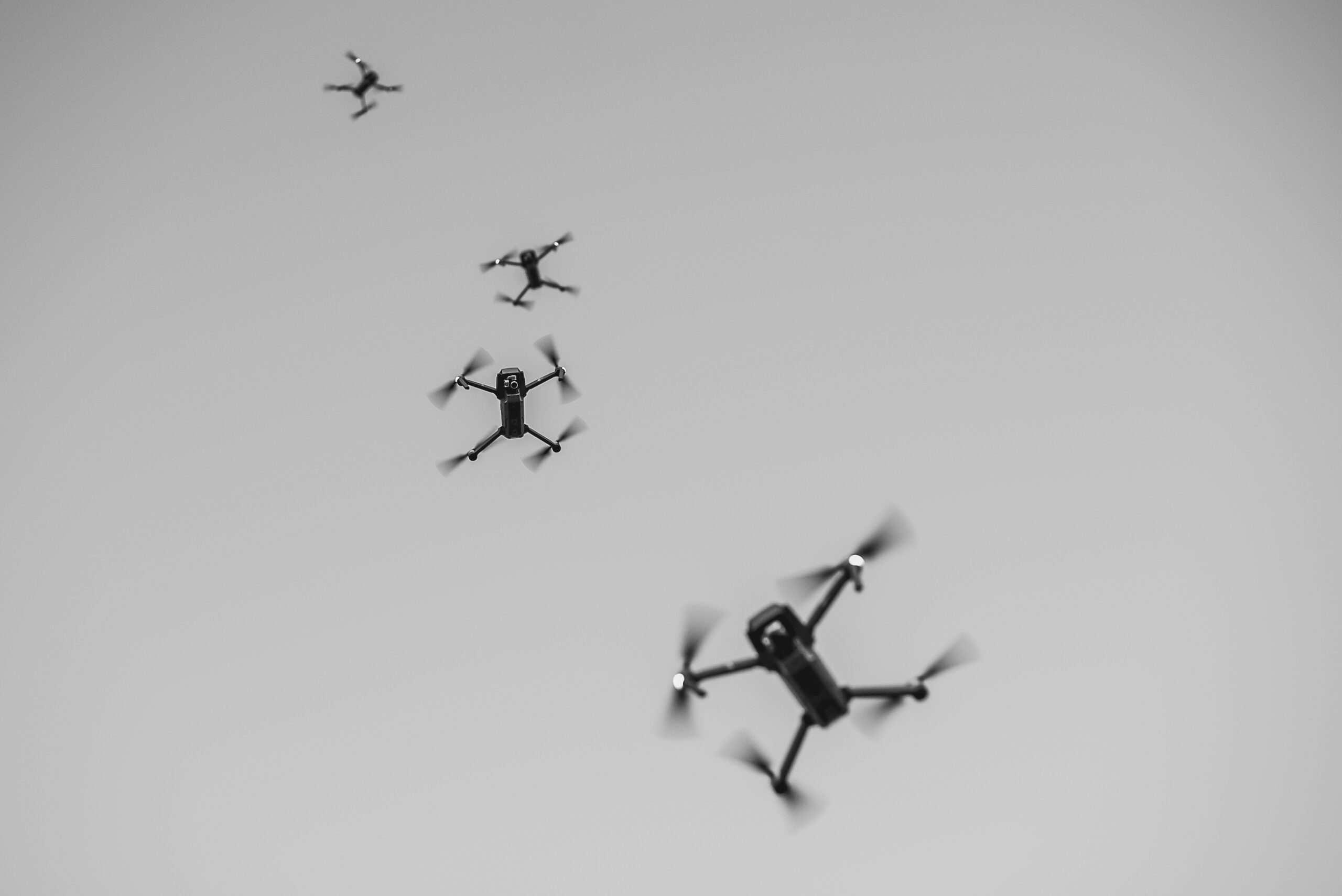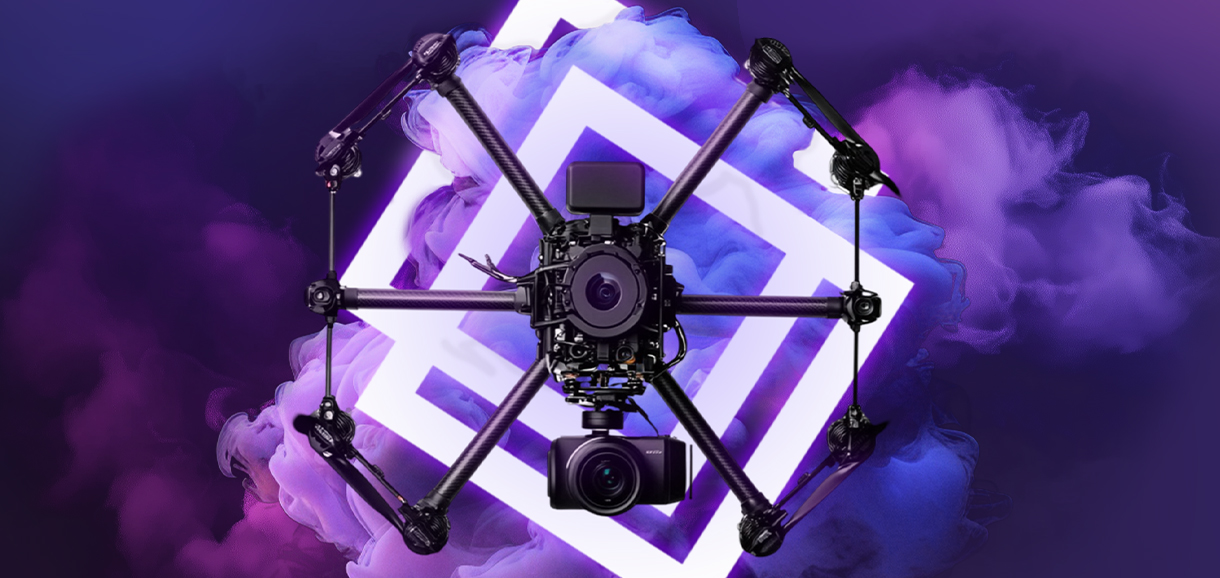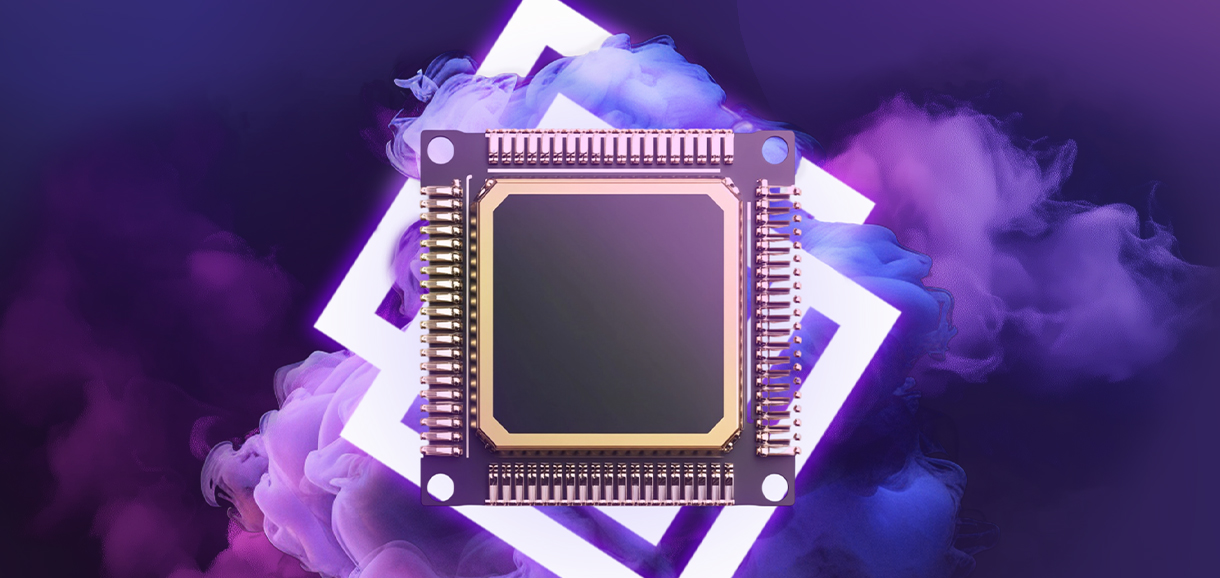Modern warfare calls for robotic systems that are faster, smarter, and more adaptive than ever. In this context, drone swarming – the deployment of coordinated, autonomous UAV groups – is emerging as a strategic game changer. More than just a multiplication of assets, swarming represents a paradigm shift in how robotic capabilities are designed, controlled, and integrated into operations.
Collective intelligence for resilient missions
Inspired by biological behavior, swarming operates through decentralized coordination. Each drone, equipped with embedded intelligence, interacts with its peers based on simple rules, resulting in a fluid and adaptive group dynamic. This allows swarms to respond collectively to unforeseen situations, absorb losses without breaking mission continuity, and function in denied or degraded environments without relying on central command.

Smarter embedded systems
To turn this collective intelligence into a reliable operational asset, onboard architectures must meet demanding constraints: real-time computation, low latency, energy autonomy, fault tolerance, and cyber resilience. Advances in microcontrollers, sensor fusion, and embedded AI are now making this possible. New-generation drones can make local decisions, communicate seamlessly with each other, and dynamically adjust to changing tactical contexts.
Seamless integration with human supervision
Deploying a swarm is not just a technical feat — it must be operationally controllable and ethically sound. Human operators need clear oversight, well-defined rules of engagement, and transparent AI behaviors. The man-machine interface, traceability of swarm decisions, and user-centric design are critical to ensure that autonomy remains under human command. Ergonomics, trust, and explainability are now as vital as flight time or payload capacity.

A full-stack critical system challenge
Bringing swarms into real-world missions also raises industrial and logistical challenges: interoperability, cyber-security, testability, maintainability, and long-term support. Beyond drone design, it’s about building scalable, modular systems that can evolve with mission needs. Critical systems expertise covers the full lifecycle — from architecture design and embedded development to test benches, in-situ simulation, and maintenance of deployed systems.
Toward a doctrine of distributed autonomy
Drone swarming is more than a technological innovation — it’s a doctrinal shift. It redefines how forces can deploy, coordinate, and engage, with greater agility and lower risk. Its implementation demands a unique blend of high-level expertise in robotics, AI, embedded software, real-time systems, cyber-security, and systems engineering. A domain where mission-critical know-how makes all the difference.
We will share our expertise in critical systems at the 55th International Paris Air Show – Le Bourget 2025. Come and meet us to find out more!
Related articles


